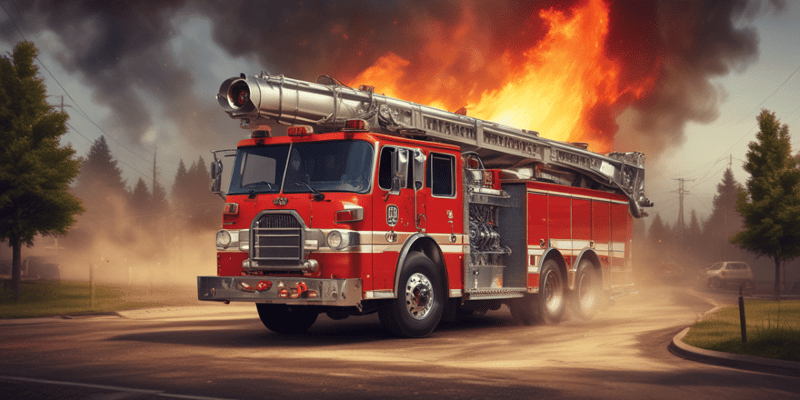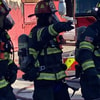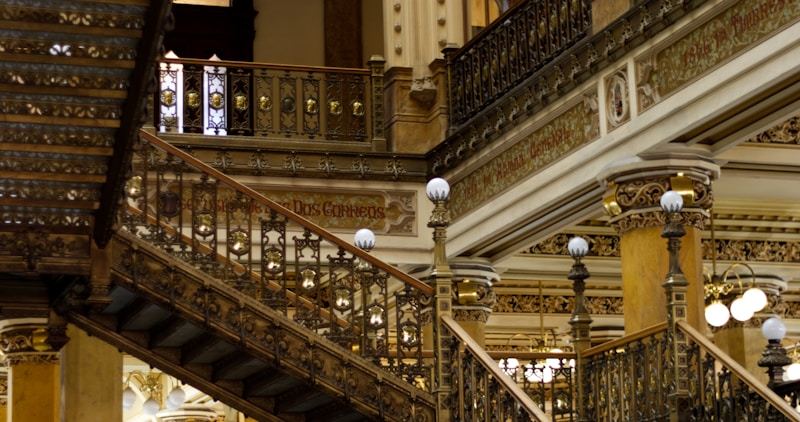8 Questions
What additional element transforms the fire triangle into a fire tetrahedron?
Chain reaction phase
What is primarily responsible for the upward spread of fire within buildings?
Convection
Which of the following best describes how convection affects fire travel?
Heated gases rise, cool, then fall to be reheated in a cycle.
Why were older building codes not focused on fire-resistant construction for buildings under 75 feet?
75-foot aerial ladders were commonly used.
How does modern fire-resistant construction aim to limit fire spread?
By confining the convection cycle to one floor or a small area.
Which of the following is NOT a method of fire travel?
Diffusion
What happens to the fire as the original fuel sources are consumed?
The fire travels to new fuel sources.
What is the immediate consequence of heated gases spreading across the ceiling in fire-resistant construction buildings?
Heat quickly brings all combustible materials up to ignition temperatures.
Study Notes
Fire Dynamics
- Oxygen, fuel, and heat are necessary to start and maintain a combustion process, forming the three sides of the fire triangle.
- The fire tetrahedron concept adds a fourth element, the chain reaction phase.
Fire Spread
- Fires usually start small and can be confined if attacked early.
- Unchecked fires increase heat production, consuming original fuel sources and spreading to new ones.
Fire Travel
- Fire travels in three ways:
- Convection: heat transfer through the motion of heated matter (smoke, hot air, gases, flying embers).
- Radiation: heat transfer through electromagnetic waves.
- Conduction: heat transfer through direct contact.
Convection Cycle
- Heated gases and air rise, cool air replaces them, and the cycle repeats, filling upper building areas first.
- The cycle can spread fire throughout the building if not confined.
Fire-Resistant Construction
- Older building codes required fire-resistant construction for buildings over 75 feet high, but modern codes require it for buildings over three stories.
- Fire-resistant construction aims to confine the convection cycle to one floor or a small area to prevent fire spread.
- When fire is confined, convection carries it outward, spreading across ceilings, down walls, and into adjacent rooms, resulting in rapid fire spread.
Learn about the fundamentals of fire, including the fire triangle and tetrahedron, as well as fire travel and the challenges faced by firefighters.
Make Your Own Quizzes and Flashcards
Convert your notes into interactive study material.
Get started for free




